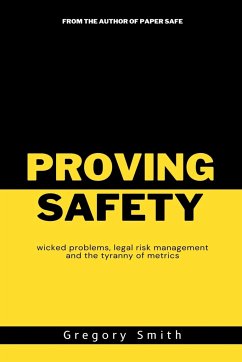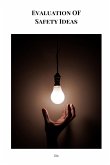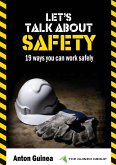Organisations invest time, money, resources, and personnel into trying to ensure that their workplaces are safe. Very often, the output of all this expenditure is injury rate data, which has, time and again been discredited as a measure of safety. In response, many organisations have adopted so called "lead" indicators to supplement injury rate data. Unfortunately, lead indicators take the question of safety no further. Almost universally, lead indicators are no more than a measure of "activity" such as the number of inspections completed, the number of Take 5 cards completed, the percentage of training completed, or the number of corrective actions closed out on time.However, history demonstrates that these measures of safety performance are not reliable indicators of the state of health and safety in a workplace - if they are measures at all. Indeed, many of these measures of safety may be positively harmful, creating an "illusion of safety".In any event, these measurements of workplace health and safety do not support or demonstrate any level of legal compliance.Proving safety examines traditional views about measuring and demonstrating workplace health and safety. Through an analysis of workplace accidents and case law, Proving Safety argues that traditional measures are insufficient to demonstrate either workplace health safety or legal compliance and offers alternative ways of thinking about measures of safety.








